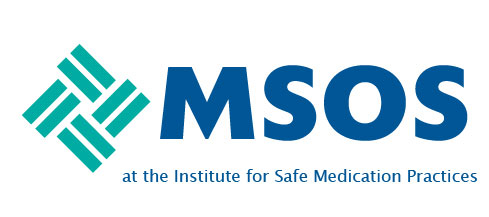Identifying patients with additional needs isnt enough to improve care: harnessing the benefits and avoiding the pitfalls of classification
Classification—the process of sorting people or things into groups according to shared qualities or characteristics—is increasingly used within healthcare as a means of identifying patients with particular needs and/or risks. This is important because receiving care in hospital can expose some particularly vulnerable groups of patients to increased risk of harm and poor outcomes, for example, the systemic safety inequities experienced by people with learning disabilities.1
Identifying and responding to patients with additional needsIn order to deliver care that meets individual patients’ needs, health services must, first, be able to identify those with additional needs and, second, be able to mobilise an appropriate response to these. Various ways of identifying patients with additional needs and/or risks have been developed. One obvious example is the use of wristbands for those with drug allergies, although the potential for confusion between different schemes at different hospitals has been...
